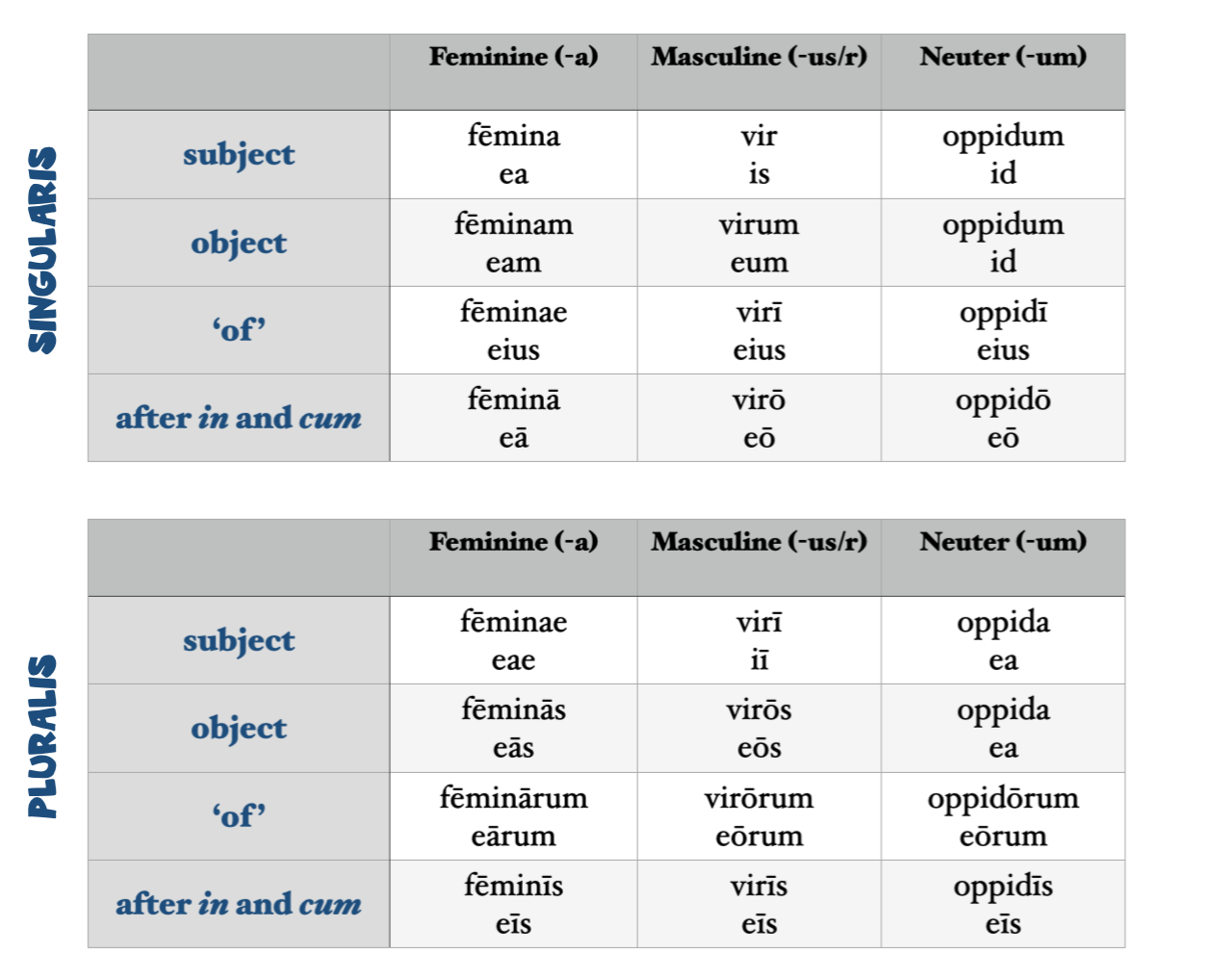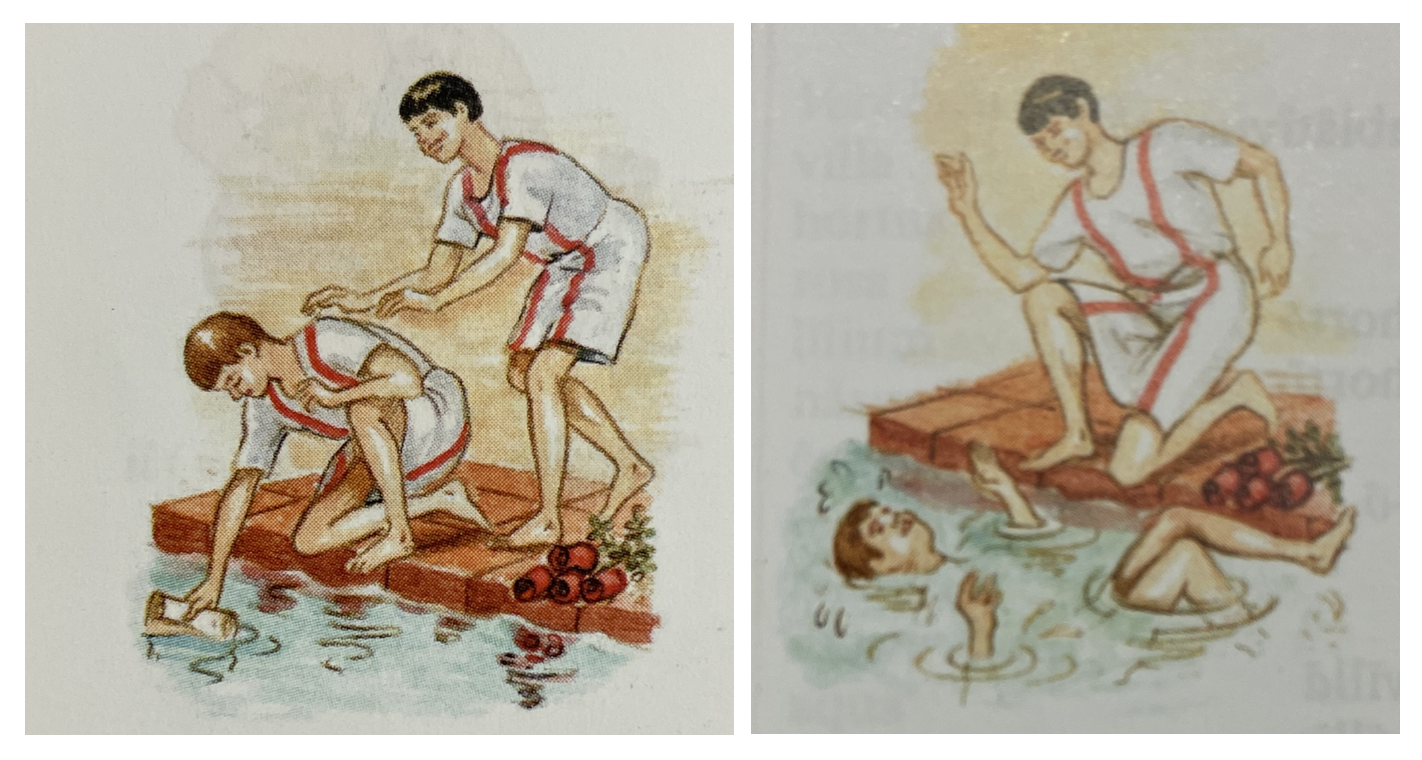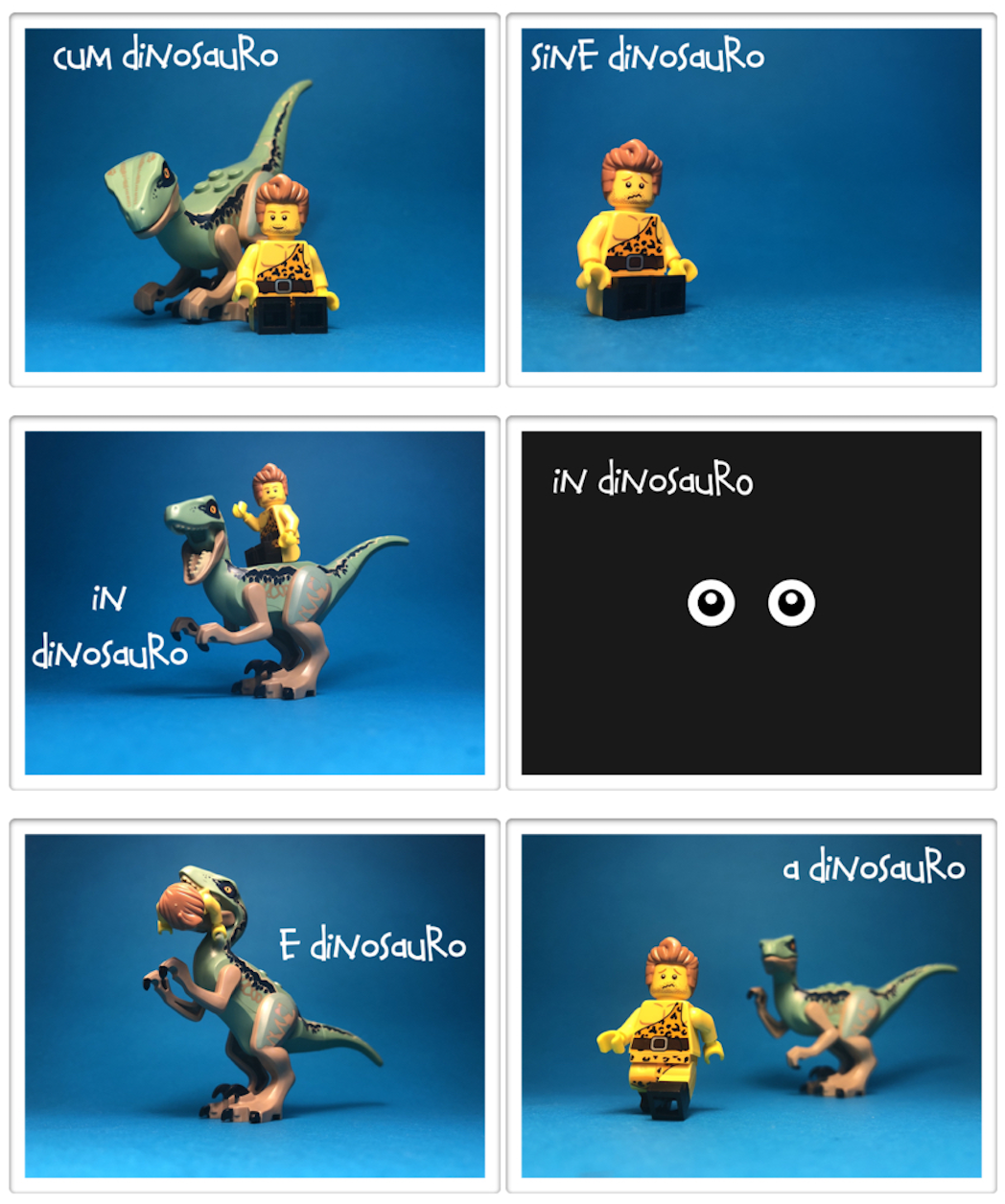Salvēte, sodālēs.
In Lesson 68 we encountered our first passive verbs. We saw that -at/-ant verbs like portat/portant become passive through the edition of an -ur : portātur/portantur. And that -it/-unt verbs like vehit/vehunt do the same : vehitur/vehuntur.
This leaves the passive of -et/-ent and -it/-iunt verbs to be introduced in today’s reading. Examine the eight sentences illustrated below and their English translations. A rāna, as you will see, is a frog.
from Handy Latin Tables Pars Secunda
Indicātīvus Āctīvus
Cleopātra librum habet. Cleopatra has a book.
Cleopātra et Antōnius librōs habent. Cleopatra and Antonius have books.
Indicātīvus Passīvus
Liber ā Cleopātrā habētur. A book is had by Cleopatra.
Librī ā Cleopātrā habentur. Books are had by Cleopatra.
Indicātīvus Āctīvus
Cleopātra rānam audit. Cleopatra is listening to a frog.
Cleopātra et Antōnius rānam audiunt. Cleopatra and Antonius are listening to a frog.
Indicātīvus Passīvus
Rāna ā Cleopātrā audītur. A frog is being listened to by Cleopatra.
Rānae ā Cleopātrā audiuntur. Frogs are being listened to by Cleopatra.
It’s now time to meet our final preposition for Capitulum Sextum. This one is per, and it means through. Like all of the prepositions introduced in Capitulum Sextum, per is followed by the accūsātīvus.
from Lingua Latīna Per Sē Illustrāta, page 44.
Other than this, there is nothing new in today’s reading. And yet, it is probably our most challenging reading yet. For this reason, I will take three sentences that I think are particularly challenging and provide a translation of these at the end of the lesson. Just click to see the translation.
Now READ Capitulum Sextum, lines 72-83.
-
He who comes by the Via Latina enters Rome through the Capena Gate.
-
Medus is called to Rome by his friend, who is an attractive and upright woman.
-
But that which Medus sings is not heard by Lydia.
Satis est. Until next time.




















































